Gardener’s life is not just about plants! To be a complete gardener you need to count on the help of gardening tools.
But why? Simple! Because they are the ones that will guarantee the care and affection that your greenbacks need.
And there’s no point in wanting to improvise, you see? The shot can backfire and the plants are going to pay the bill.
So let’s take another step towards gardening? Follow the post with us.
Understand your plants and their needs
The first step before starting to assemble your toolkit is to understand the type of plants you have, the needs of each of them and the area that needs to be taken care of.
Small plants, those grown in pots indoors or on balconies, do not require a large amount of tools for periodic care.
On the contrary, for example, those who have a huge garden and all grass, or a vegetable garden with orchard.
They are different needs. In the first case, it is possible to assemble a simple kit that fits even in the kitchen drawer.
In the case of larger areas you will need a more complete kit and have large tools.
After this initial analysis you can now skip to the next topic, pick up a pen and paper and start making your short list.
List of gardening tools
1. Hose
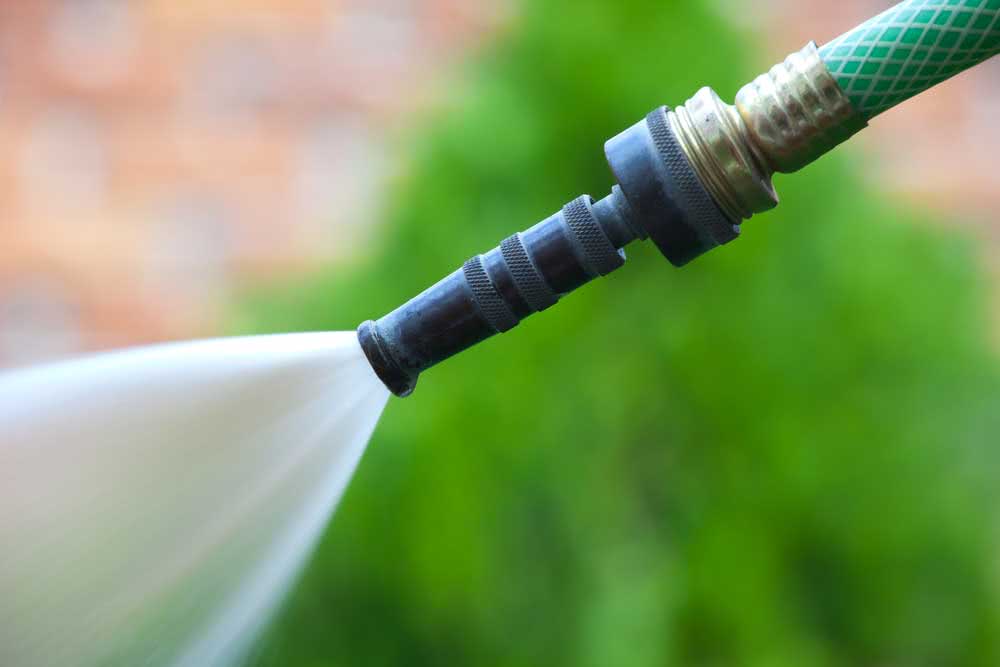
Let’s start by talking about tools for large gardens and gardens. And the first item on that list could not be more essential than a hose. This is because it will guarantee the fresh water that your plants need so much.
When buying the hose for your garden it is important to know the size of the area to ensure that it reaches all plants.
Another key tip: use a jet trigger. This item can be purchased separately from building supply and gardening stores.
The jet trigger is important for plants to receive water in a smooth and balanced way, since you can measure the intensity of the jet.
2. Sprinkler
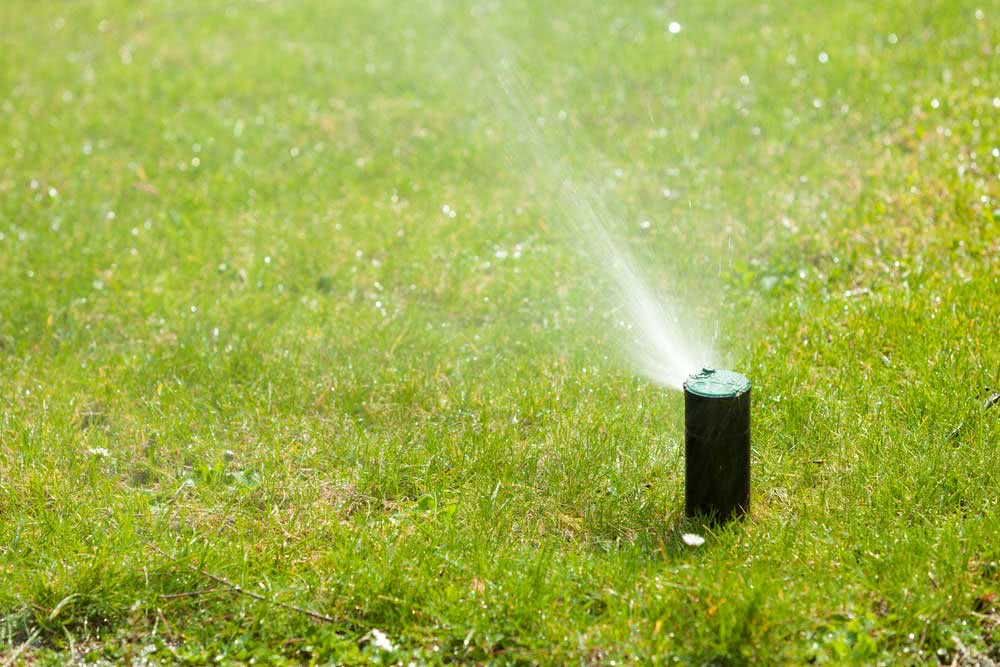
The sprinkler is another important item for those who have a grassy garden or a very large vegetable garden with planting of vegetables that need frequent watering.
This equipment is attached to the hose and placed on the ground to facilitate and balance irrigation.
The jet is directed upwards, as if it were a gentle shower, watering the entire length of the garden or vegetable garden evenly.
3. Lawn mower
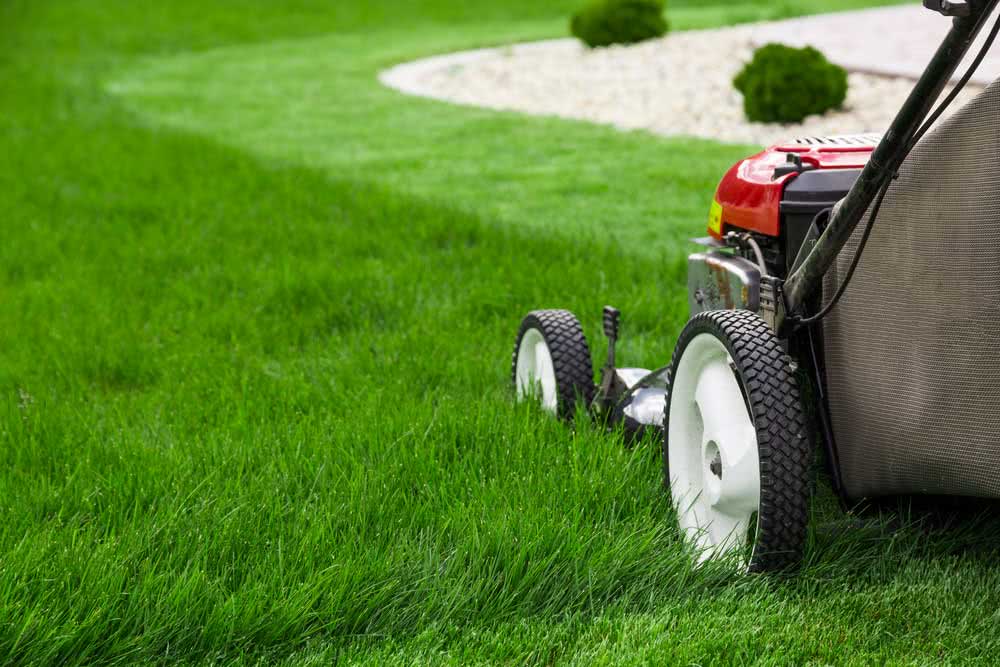
Another indispensable gardening tool in gardens is the lawn mower. And the reasons here are pretty obvious: cut and keep grass growth under control.
Nowadays there is a huge variety of lawn mowers, from those of the cart type, suitable for very large areas, to those of hand, suitable for small gardens.
Just search for the model that best suits your needs.
4. Rake or rake
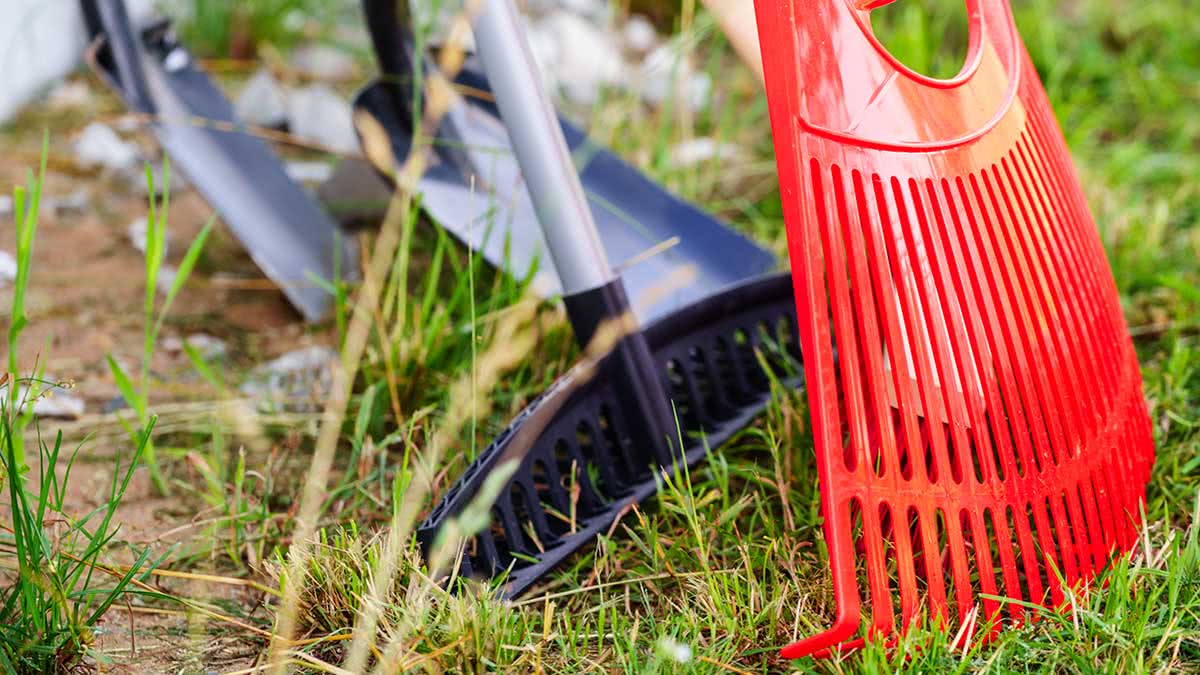
The rake, popularly also known as rake, is that friend for all hours.
With it you fluff the soil, remove weeds and prepare the soil for planting.
However, the tool is only suitable for use in gardens and vegetable gardens, as it is not possible to use it in planters and pots due to its size.
What about apartment gardeners? Calm down, there is also a trail for this group. We will tell you which tool is right, safe there.
5. Long-handled shovel
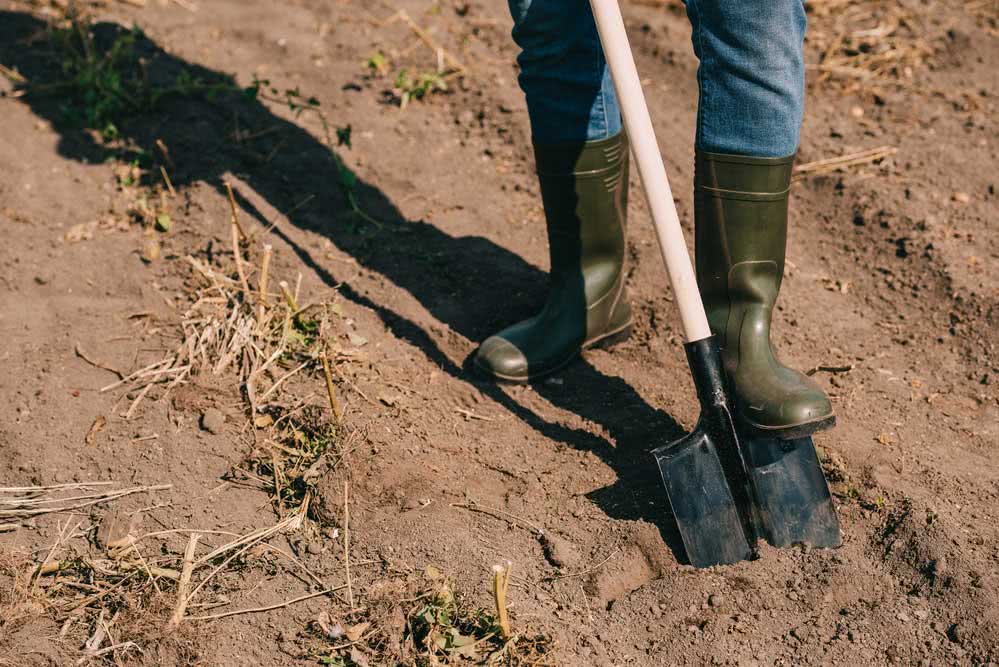
The long-handled paddle is just as important as the rake. Together, they form a perfect and essential pair.
This type of shovel, similar to a giant spoon, serves to dig, remove and transplant plants, in addition to helping with fertilizing and planting.
But, like the rake, it is also indicated only for larger areas. For pots and planters there is another solution, we already tell you too.
6. Watering can
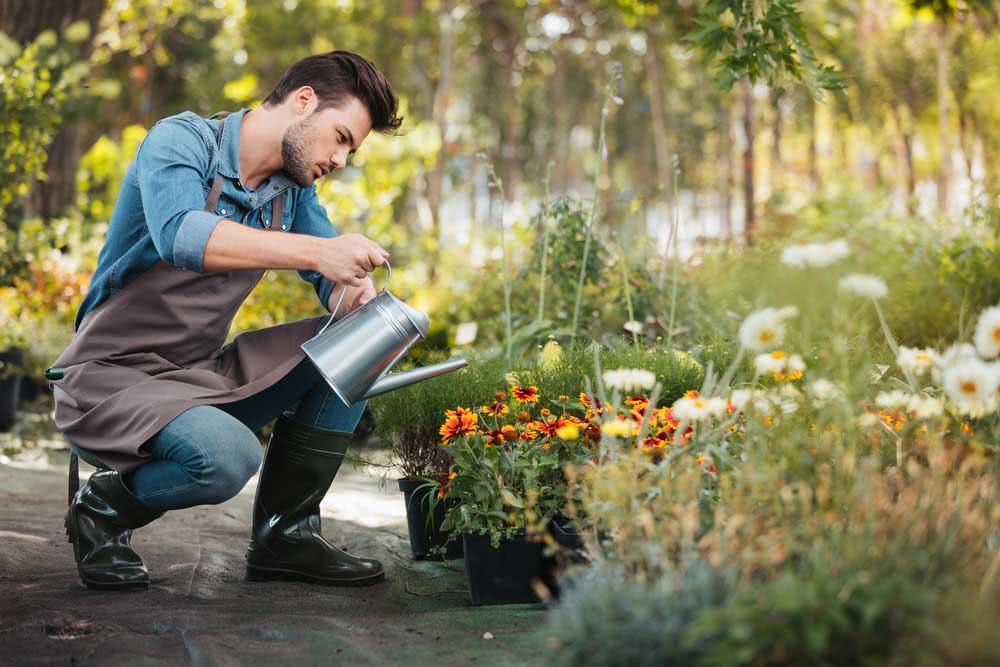
The watering can is one of the most important gardening tools out there, even for those who only have one plant at home.
This is because plants need water and the best way to offer irrigation is through a watering can.
Can you improvise with a bottle or something? You can even. The problem is that this type of gambiarra can end up causing the plant to receive too much or too little water.
Professional watering cans, sold in construction, gardening or even supermarket stores, have a directed jet, in addition to the dosing nozzle. This facilitates irrigation work and ensures that the plant will receive water in the entire length of the pot or bed in a uniform and balanced way.
An important tip: if you have plants in high places, prefer watering cans with extenders, those with long spouts. This makes it easier to reach the vessel.
7. Hand shovel
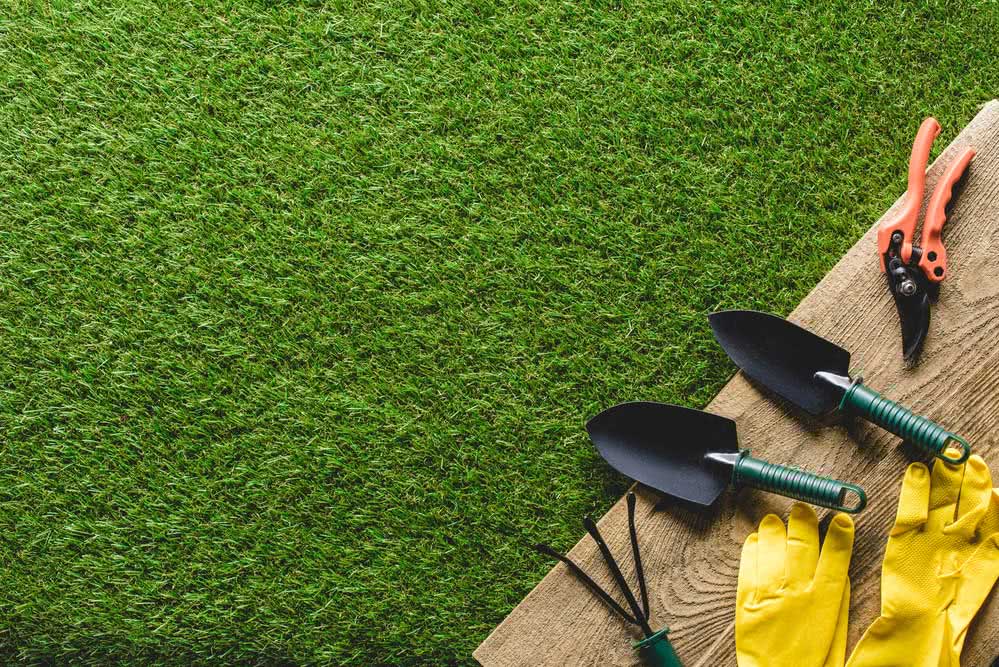
The hand shovel is another tool that should be in your kit. It is the one that will replace the cable shovel in the care of small areas.
However, it is also very useful in large vegetable gardens and gardens. This is because the hand shovel serves to open pits, plant and transplant seedlings, assist fertilization and make room in the soil.
There are several models of hand shovels to sell out there. But here’s our advice: prefer those made of reinforced and highly durable material, such as stainless steel, and which have wooden handles. The plastic shovels do not guarantee sufficient firmness to carry out the gardening work.
8. Gardening fork
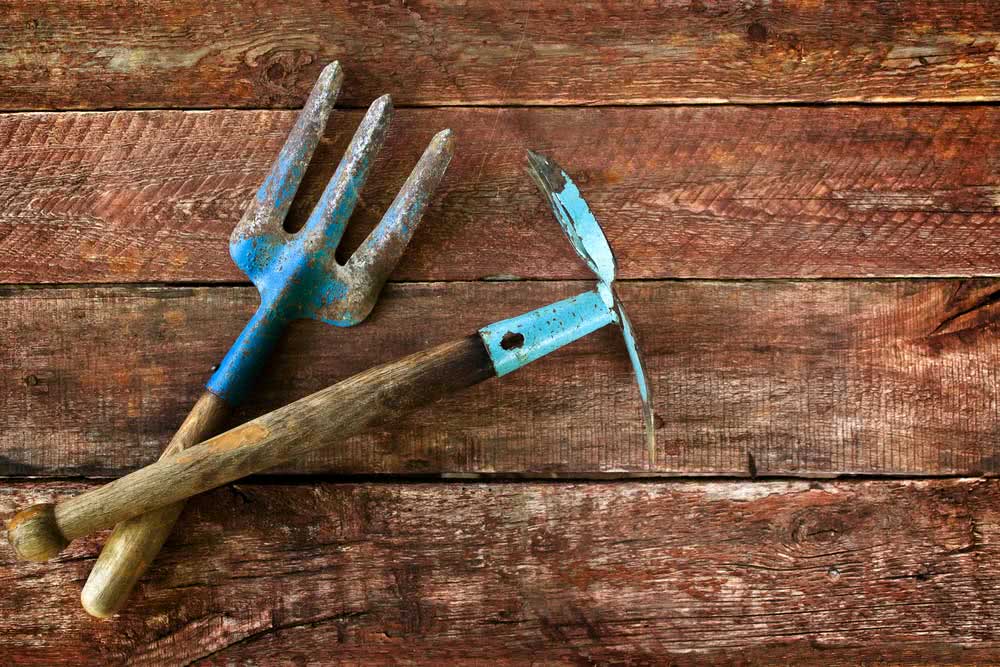
Remember the trail we talked about a while ago? Then, the gardening fork can be considered the mini version of the rake.
This tool, very similar to a fork, hence the name, serves to loosen the soil, aerate the soil and assist in combating weeds. All this to keep your pots and planters beautiful and well looked after.
The gardening fork is also very welcome in the care of large gardens and gardens.
Along with the hand shovel, the gardening fork is indispensable for the care of plants. So, put him on your list too.
10. Gardening shears
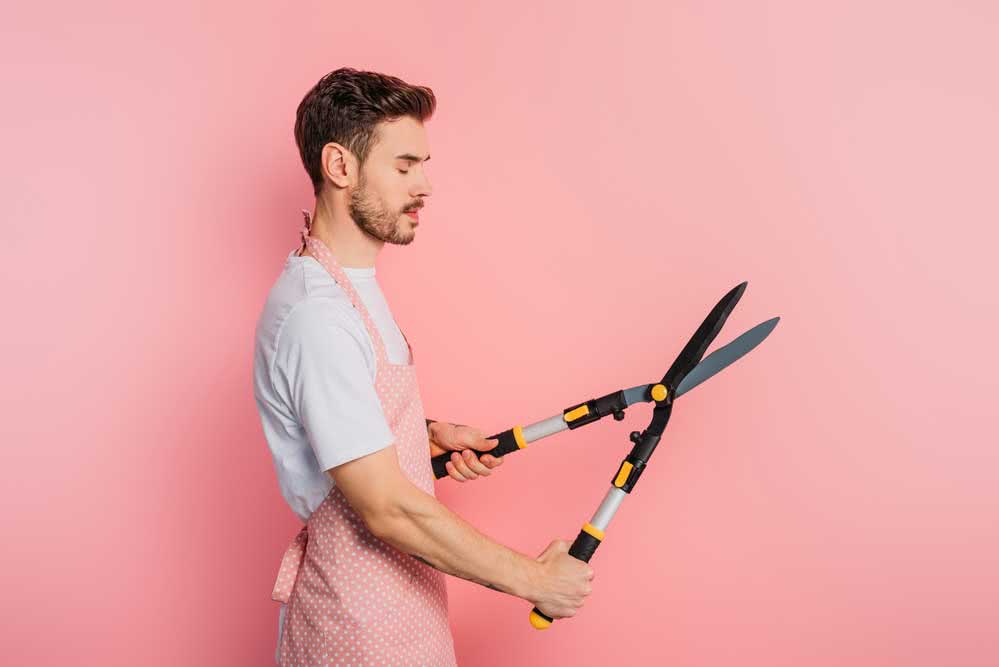
There is no gardener without a good pair of scissors. This tool is another favorite of the botanical world.
Can you improvise? Again: yes, it does, but it is not advisable. Ideally, you should have exclusive scissors for gardening. Do not use your child’s, or the one in the kitchen.
And do you know why? When pruning with ordinary scissors, used for other functions, the cut site may end up being contaminated, causing the plant to develop fungi and other diseases.
In fact, it is extremely important that every time the gardening shears are used, you disinfect it to avoid contamination in other plants.
The gardening shears should be sharp cut, with a tip and preferably have an anatomical and resistant handle so you don’t get hurt.
Another important detail: the gardening shears should be used for cutting small and soft leaves and flowers, such as, for example, cutting a branch of basil or a flower for a vase. The cutting of stiffer trunks and branches should be done with pruning shears.
11. Pruning shears
The function of pruning shears is similar to that of gardening shears, the difference being that it has a different shape, similar to pliers.
This type of scissors is indicated for cutting slightly larger and more resistant branches and leaves.
12. String and conductors
Last, but not least, are the strings and conductors. And what do you need it for anyway?
These items are important for guiding and guiding your plants, especially seedlings or climbing plants.
The string is also indicated to tie heavy branches, such as tomatoes, for example.
As a conductor you can use barbecue sticks or bamboo fillets.
Care and maintenance of tools
- At the end of the care of your plants, always clean the tools. Some plants release saps that can damage their equipment. To do this, clean with soap and water, then dry well and finally lubricate with oil. The most suitable is linseed oil which is not toxic for plants, not even for tools.
- Store gardening tools in a dry, ventilated place, protected from the sun. It is also important that tools are kept away from children and pets.
- Periodically take your garden shears for sharpening. The use of « blind » scissors will damage the plants.
- Always prefer to invest in quality tools, with reinforced and durable material. In addition to being more economical in the long run, since you won’t need to replace items often, these tools make it easier to work and care for plants.
- Always disinfect tools that have been used on sick or pest plants. This way you avoid contamination in other plants.
Did you write down everything you need to assemble your gardening tool kit? So now just go shopping!



